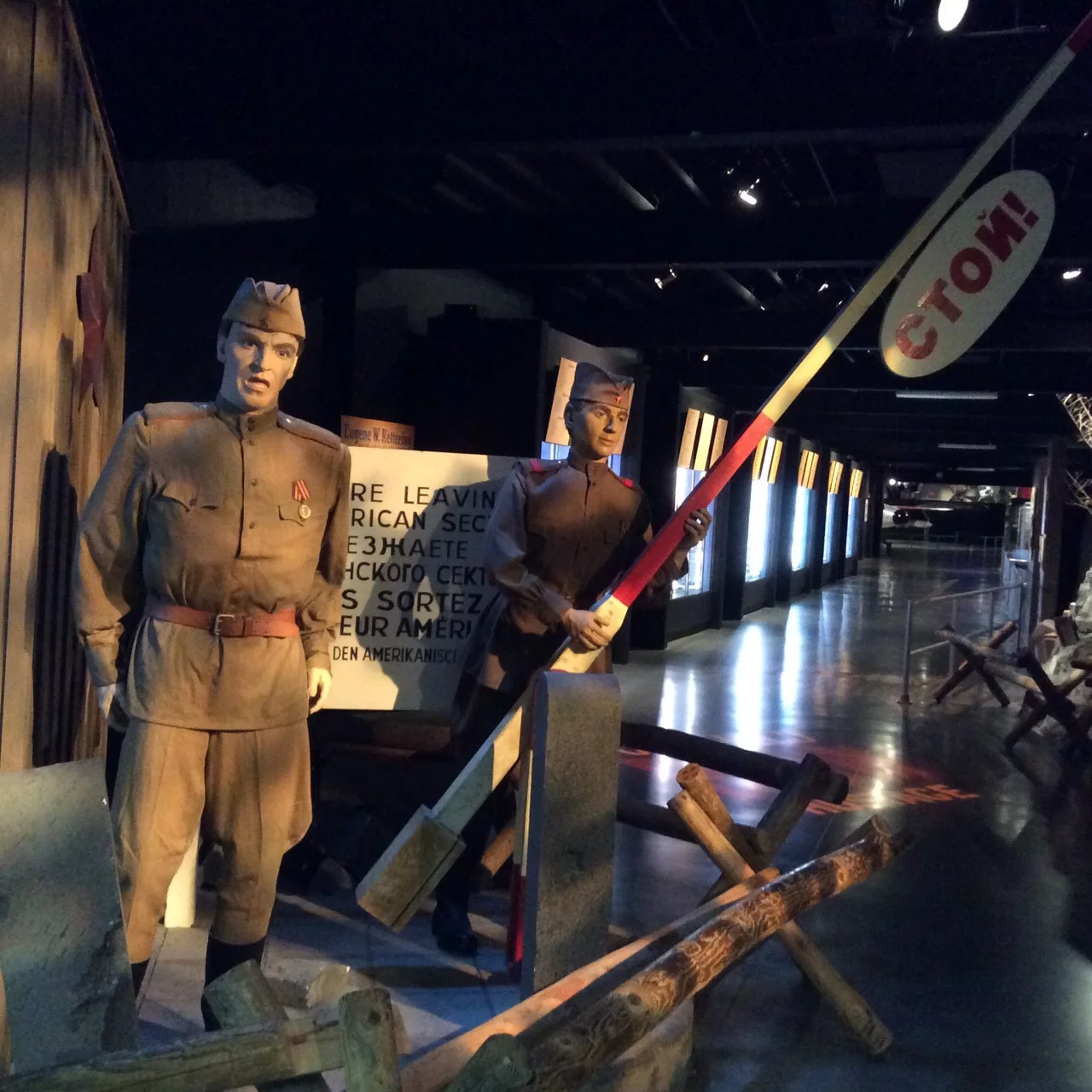1) Prepare to send QSO information about the weather, rig (if you don’t have one, what you would buy with unfettered use of the CW Academy AmEx card), and the year you became a ham. Examples:
WX IS HVY RAIN AND WIND TEMP IS 50
RIG IS KX3
HAM SINCE 2015
“ES” is often used as an abbreviation for “AND” (and as an alternative to sending <BT> as filler while you compose.
2) Practice sending your own call sign in CW. If you’re feeling adventurous, also practice sending call signs of your classmates.
Welcome, Session 01, 02, 03, 04, 05, 06, 07, 08, 09, 10, 11, 12, 13, 14, 15, 16
Questions that came up:
Calling CQ is for “anyone” to respond. For a specific person, it’s <them> de <you> <you> Contests, which are about speed, will abbreviate that to <you>
How to tune in a CW station and on what frequency to answer. When one-on-one, match your transmit frequency to the frequency you’re receiving, aka “zero-beating.” It conserves spectrum and you will reduce the likelihood of being filtered out. Here is a video explanation In the end, he uses the spot button on the KX3 – the IC 7300 has an equivalent handy function. (Dave Casler (KE0OG) has more detail.)
One exception is pileups, especially with DX stations, because having everyone operating on the same frequency would be a frustrating disaster. In those events, the running station typically transmits on one frequency, listens on another, aka “working split.” A DX station running might say “listening up,” which for CW is usually 1 or 2kHz higher (SSB 5-10kHz). If they were transmitting on 14.025MHz, you would listen on 14.025MHz, but transmit around 14.026MHz.
Valerie Hotzfeld, NV9L, had a presentation during the QSO Today Ham Radio Expo offering tips for working DX stations. I could not find the recording the slides are here. Among other things, she recommended using “dual watch” if your radio has it (lets you listen to different frequencies in each ear) and trying to identify patterns of the running station such as them gradually working stations by increasing frequency. Check out the antenna farm they have (https://www.qrz.com/db/NV9L, scroll down about 1/3)
If you’re curious, you can tune your radio’s receiver to WWV on 10MHz or 15MHz to test how well your receiver is calibrated. If in CW mode, the peak tone should center exactly on that frequency. (More information: here, here, and here)
One of the events I participated in last May sends a summary report that can be useful to see how well one is sending and copying. For example, of the 139 contacts, I had miscopied serial numbers for four:
14031 CW 2020-05-30 0414 WT8P 0008 K0AP 0368 correct 312
14039 CW 2020-05-31 0013 WT8P 0033 WC6H 1255 correct 1258
14057 CW 2020-05-31 0221 WT8P 0050 XE1CT 0328 correct 428
14010 CW 2020-05-31 1604 WT8P 0994 WJ9B 1339 correct 1139Similarly, three people copied my serial number incorrectly:
7006 CW 2020-05-31 0144 W7DXX 0936 WT8P 0249 correct 44
7074 CW 2020-05-31 0343 KJ4QHL 0853 WT8P 0163 correct 63
28028 CW 2020-05-31 1809 K7QA 1211 WT8P 1918 correct 1018